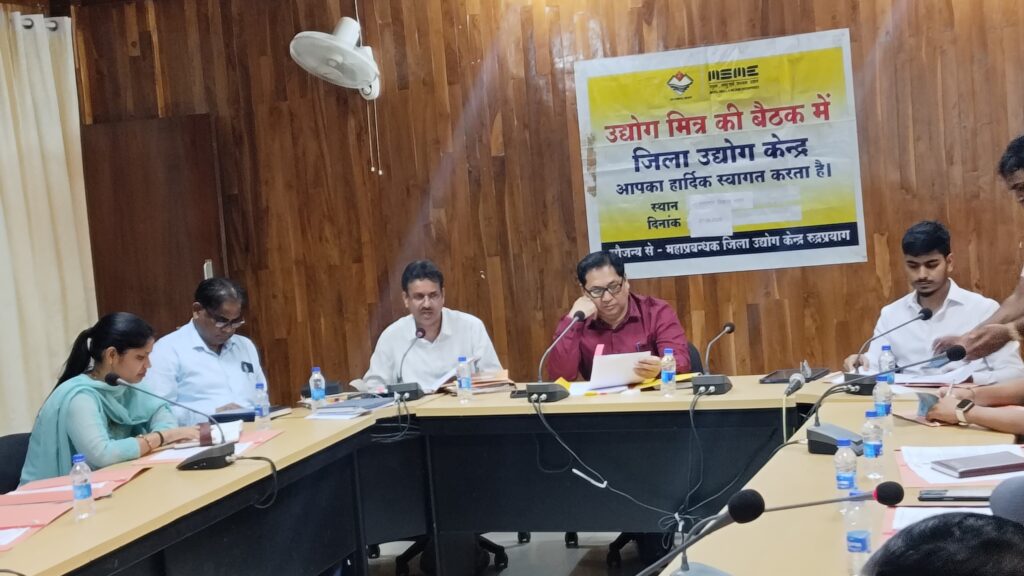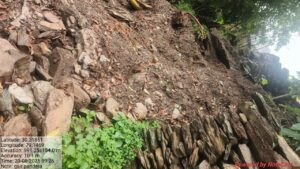and impact storms
How Space Storms Impact Sails and Parrot Lifespans
1. Introduction to Space Storms and Their Significance
Space storms are intense disturbances in Earth’s magnetosphere caused by solar activity. They encompass various phenomena such as solar flares, geomagnetic storms, and solar winds, each playing a crucial role in altering the space environment. Recognizing these events is vital, especially as humanity advances in space exploration and satellite technology.
Historically, space storms were observed during solar maxima, periods when the Sun’s activity peaks, notably affecting radio communications, satellite operations, and even power grids on Earth. Modern missions, like the International Space Station and interplanetary probes, must account for these dynamic conditions to ensure safety and functionality.
These storms influence not only space-based systems but also terrestrial technology by inducing geomagnetic fluctuations, which can disrupt navigation, communication, and power transmission. Understanding their mechanisms helps in developing resilient systems capable of withstanding such disturbances.
- The Physics of Space Storms and Their Impact on Spacecraft
- Influence of Space Storms on Sail-Based Propulsion and Navigation
- Parrot Lifespans in a Space Environment: Biological Considerations
- Modern Examples and Analogies: Pirots 4 as a Case Study
- The Interconnection Between Space Weather, Technology, and Biological Life
- The Role of Asteroid Mining and Space Pirates in Space Weather Dynamics
- Non-Obvious Impacts: Beyond the Immediate
- Conclusion: Integrating Knowledge for Future Space Endeavors
2. The Physics of Space Storms and Their Impact on Spacecraft
Spacecraft operate in an environment heavily influenced by solar activity. Solar winds—streams of charged particles emitted by the Sun—interact with Earth’s magnetic field, causing magnetic disturbances known as geomagnetic storms. These phenomena can generate hazardous conditions for satellites and interplanetary missions.
For example, during the 1989 Quebec blackout, a geomagnetic storm induced currents in power lines, demonstrating how space weather impacts terrestrial infrastructure. Similarly, satellite anomalies, including loss of signal and hardware malfunctions, have been documented during intense solar events like the 2003 Halloween storms.
The physics underlying these interactions involve complex plasma dynamics, where energetic particles accelerate along magnetic field lines, causing radiation belts and potentially damaging onboard electronics. Understanding these processes is essential for designing resilient spacecraft systems.
3. Influence of Space Storms on Sail-Based Propulsion and Navigation
a. The Concept of Sails in Space Propulsion
Solar sails harness the momentum of sunlight—specifically, solar radiation pressure—to propel spacecraft without fuel. This propulsion method offers a sustainable and continuous thrust, enabling missions to travel vast distances efficiently.
b. How Space Storms Alter Solar Radiation and Affect Sail Efficiency
During space storms, increased solar activity can temporarily enhance or diminish solar radiation levels. Solar flares release bursts of energetic photons, which can boost sail thrust momentarily but also cause damage or degradation to sail materials due to heightened radiation. Conversely, geomagnetic disturbances can lead to fluctuations in solar radiation reaching the spacecraft, impacting sail performance unpredictably.
c. Geomagnetic Disturbances and Navigation Challenges
Navigation systems relying on magnetic and solar cues are vulnerable during geomagnetic storms. Magnetic field disturbances can skew compass readings, while solar radiation fluctuations can impair sensors that depend on solar positioning, leading to navigation errors. Advanced missions mitigate these risks with redundant sensors and adaptive algorithms.
4. Parrot Lifespans in a Space Environment: Biological Considerations
Introducing biological entities like parrots into space presents unique challenges. Terrestrial life forms are adapted to Earth’s stable environment, and exposure to space weather can pose significant health risks. Radiation exposure, microgravity, and psychological stress all influence biological systems’ longevity and health.
Prolonged exposure to space radiation, especially during intense storms, can cause DNA damage, accelerate aging processes, and reduce lifespan. For parrots, which rely on stable environmental conditions for health, these factors could lead to shortened lifespans or compromised biological functions.
Understanding these biological impacts is critical for future space habitats and bioengineering efforts aimed at resilient life forms capable of enduring space weather phenomena.
5. Modern Examples and Analogies: Pirots 4 as a Case Study
Pirots 4 exemplifies a contemporary vessel employing advanced sail technology akin to space sails, utilizing materials designed to withstand harsh environmental conditions. Its design incorporates adaptive systems that respond to space weather, demonstrating how engineering can mitigate storm effects.
For instance, Pirots 4’s shielding and dynamic sail adjustments enable it to maintain efficiency during solar activity peaks. This modern analogy underscores the importance of designing both mechanical and biological systems to be resilient against space storms.
By studying such vessels, scientists and engineers glean insights into how to safeguard biological entities—like parrots—and mechanical components from space weather impacts. You can explore more about innovations like these at pirots 4 slot demo.
6. The Interconnection Between Space Weather, Technology, and Biological Life
Space storms influence technological systems crucial for exploration, communication, and navigation. Satellites can experience malfunctions or degradation, as seen during solar maximum periods, which in turn affects biological missions relying on these systems.
Indirectly, biological entities such as parrots are impacted through increased radiation exposure and habitat instability, potentially reducing lifespans or impairing health. Mitigation strategies include shielding, redundant systems, and biological adaptation techniques.
Developing resilient systems and bioengineering resilient species are vital steps toward safeguarding both technology and life in space.
7. The Role of Asteroid Mining and Space Pirates in Space Weather Dynamics
As asteroid mining activities increase, so does the density of space traffic, especially during geomagnetic storms when navigation and communication become more challenging. These conditions can be exploited by space pirates—malicious actors or opportunistic groups—to hijack or sabotage missions.
Such activities threaten the stability of the space environment, increasing risks of collisions, debris creation, and mission failures. Managing these risks requires robust tracking, international cooperation, and resilient mission designs.
8. Non-Obvious Impacts: Beyond the Immediate
Long-term ecological and evolutionary effects might emerge as space-adapted life forms evolve resilience strategies against recurring space storms. For example, bioengineering efforts could develop species with enhanced radiation tolerance, influencing future ecosystems in space habitats.
Monitoring and predicting space weather are crucial for preemptive measures. Advanced forecasting models enable mission planners to avoid or minimize storm impacts, ensuring the safety of both technology and biological life.
“Understanding the complex interplay between space weather, technology, and biology is key to building a resilient future for space exploration.”
9. Conclusion: Integrating Knowledge for Future Space Endeavors
Space storms have profound and interconnected effects on both mechanical systems, such as solar sails, and biological entities like parrots. Recognizing these relationships underscores the importance of advancing research, adaptive technologies, and bioengineering.
Innovations exemplified by vessels like pirots 4 slot demo illustrate how modern engineering can mitigate some impacts of space weather, offering lessons for biological resilience. Preparing for a future where humans and other life forms operate reliably in space demands a holistic approach that considers physical, biological, and technological factors.
As we continue exploring beyond Earth, integrating robust scientific understanding with innovative design will be critical in fostering a resilient space-faring civilization, capable of thriving amid the Sun’s volatile activity.






